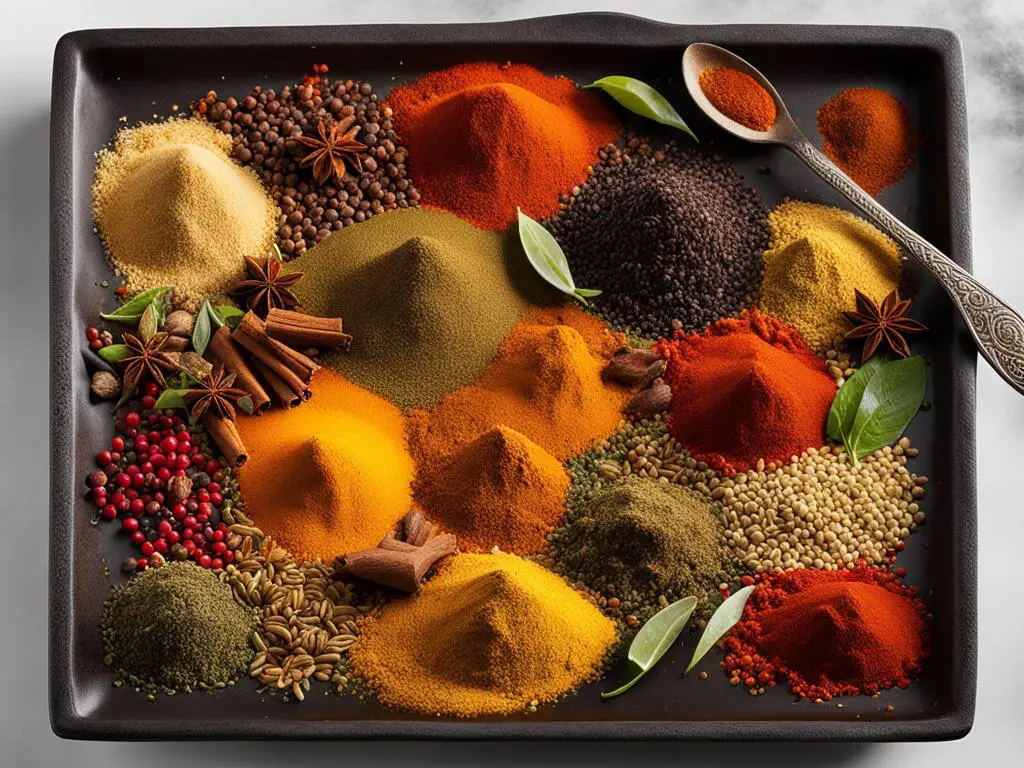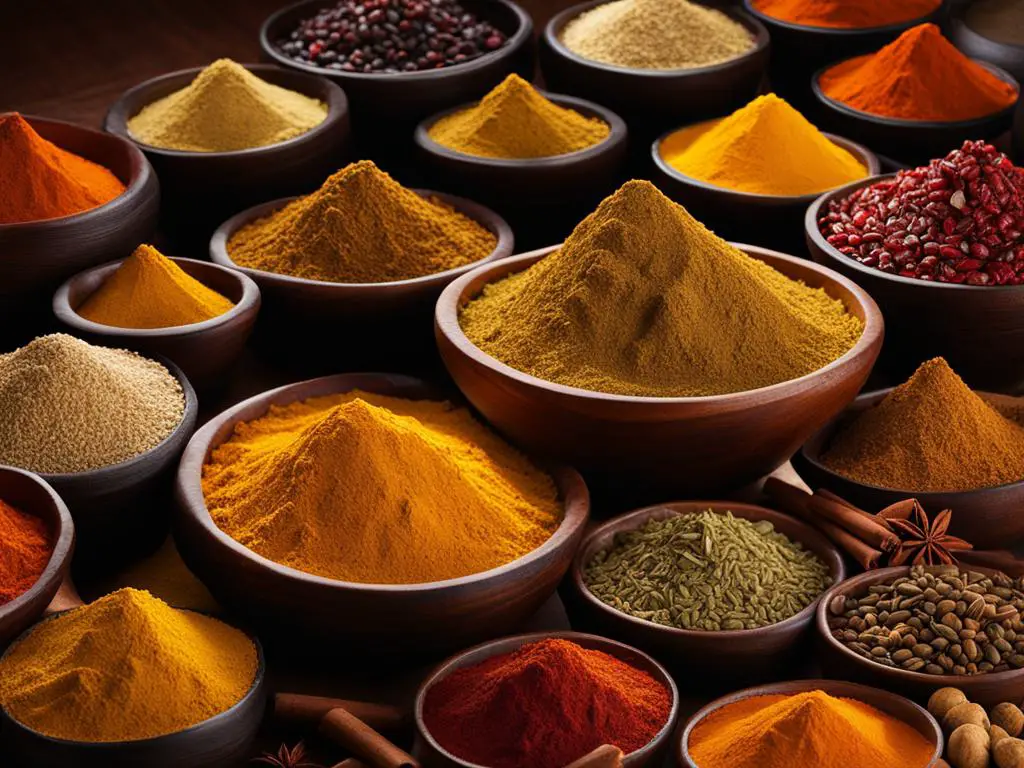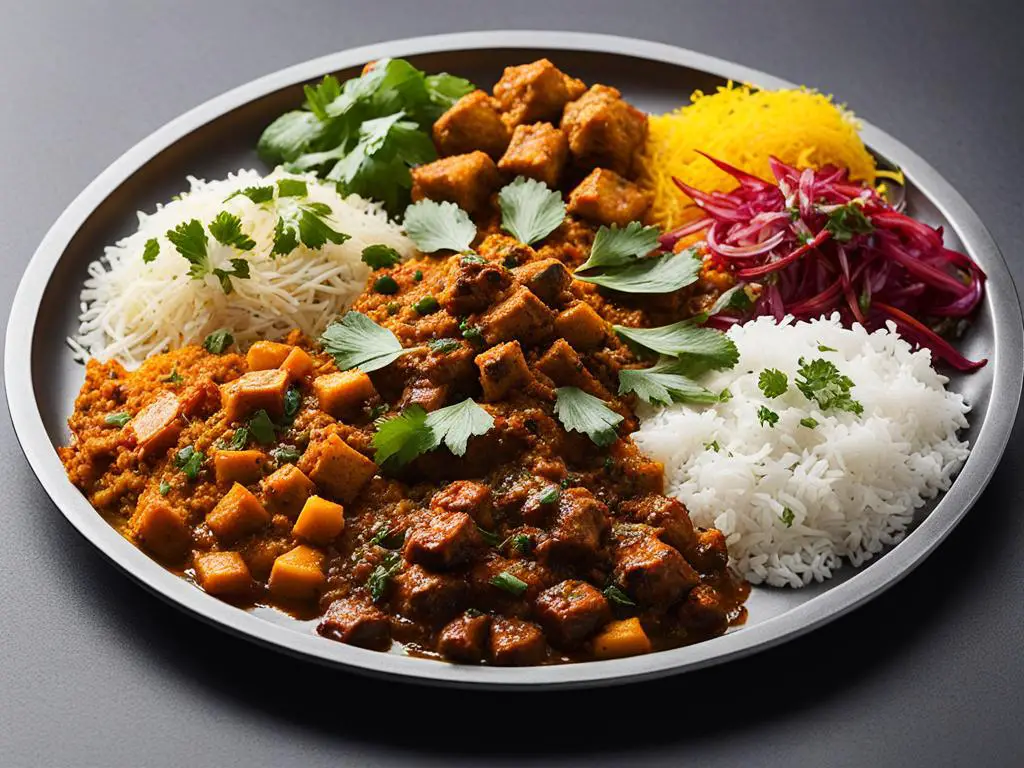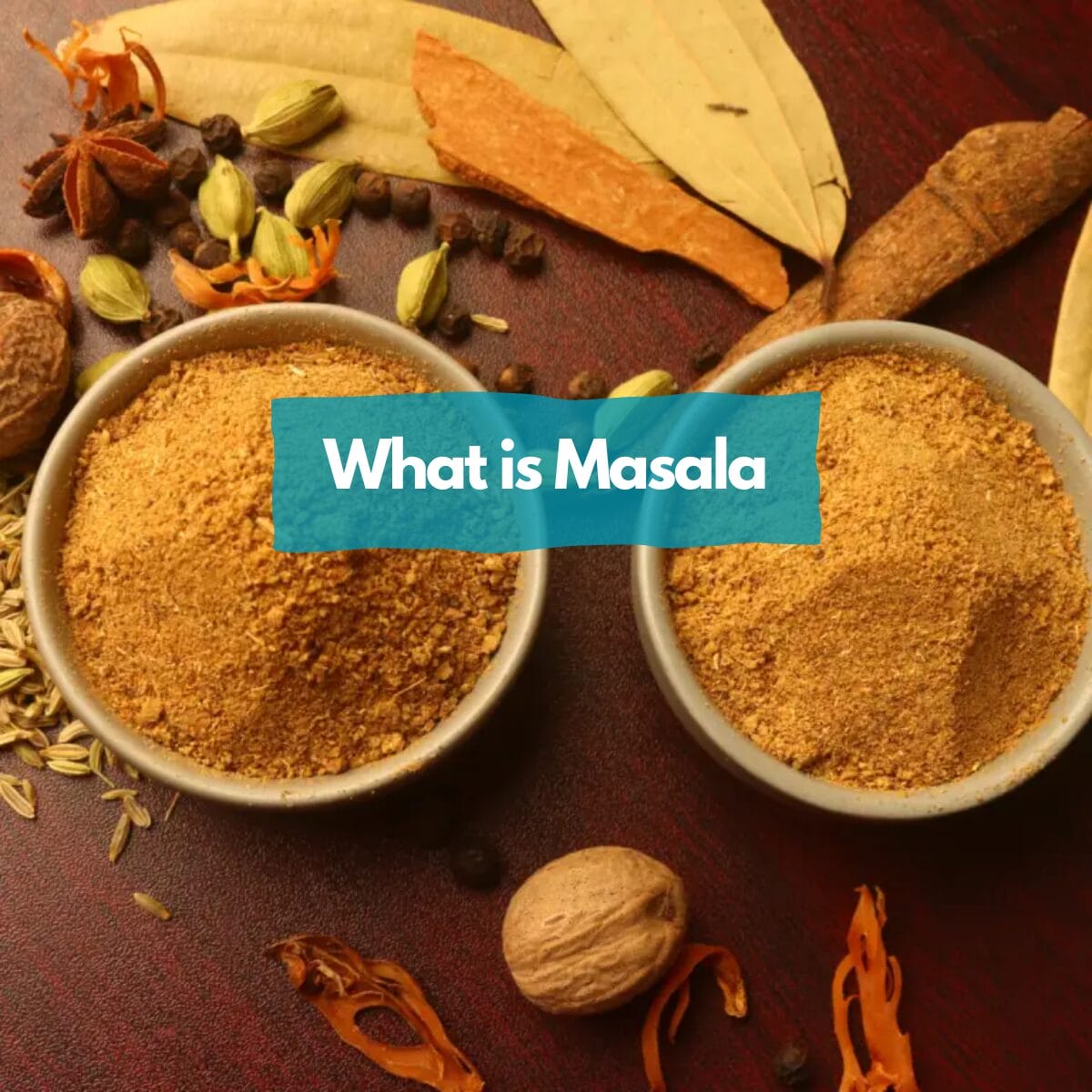What is Masala? This spice blend is a cornerstone of Indian cooking that transforms simple ingredients into aromatic, flavorful dishes. This essential element of Indian cuisine combines a variety of spices, each chosen for its unique contributions to flavor and health.
But what exactly goes into masala, and how does it vary across different Indian dishes? Join us as we unravel the secrets of this vibrant spice mix and discover why it’s cherished in kitchens around the world.
Whether you’re a seasoned chef or a curious foodie, understanding masala will deepen your appreciation for Indian culinary traditions and might even inspire your next kitchen adventure. So, tie on your apron and let’s sift through the mystery, the legacy, and, of course, the taste of masala
What is Masala?
Masala is a term used in Indian cooking to describe a blend of several spices. These spice mixes can vary greatly and may be either a combination of dried spices, or a paste made with fresh ingredients, oil, and other seasonings. Commonly found spices in these blends include turmeric, cumin, coriander, ginger, and chili pepper.

Each masala mix is typically tailored to specific dishes, adding depth and complexity to the flavors. For example, garam masala, one of the most famous blends, usually includes cloves, cinnamon, and cardamom and is often added at the end of cooking to enhance aroma and taste.
Masala plays a crucial role in Indian cuisine, not only for its flavor enhancement but also for its health benefits, as many of the spices used are known for their medicinal properties. This makes masala a vital ingredient in both the culinary and cultural practices of India.
What is Masala? Unveiling Its Core Ingredients
While each masala mix is unique, there are common ingredients typically found across many recipes. These spices are not merely culinary elements; they embody the rich cultural heritage and ancient Ayurvedic principles, making them integral to the culinary landscape of India.

Cardamom and Clove: Sweet Aromas with Spicy Undertones
Cardamom and clove are staples in many masala mixes, known for their intoxicating aroma and profound flavor. They bring a warmth that elevates dishes, with cardamom offering a sweet, floral touch and clove providing a spicy depth. Both spices are also celebrated for their digestive and antiseptic properties, making them a healthful choice in Indian cuisine.
Turmeric and Cumin: Earthy Warmth with a Citrusy Zing
Right when you think your senses have experienced it all, along comes the golden wonder—turmeric. It paints dishes with its earthy warmth, while the citrusy zing of cumin adds layers of depth to the flavor profile. The healthful attributes of turmeric, including its anti-inflammatory benefits, blend with the zealous punch of cumin, promising benefits that go beyond mere taste.
Coriander and Red Chili: The Tangy Duo of Indian Cuisine
No masala is complete without the addition of coriander and red chili. Coriander provides a mild, lemony flavor that complements the fiery heat of red chili. This combination is crucial for achieving the tangy and spicy profile typical of many Indian dishes. These spices not only enhance flavor but also contribute antioxidants to dishes.
| Spice | Aroma Profiles | Health Benefits |
|---|---|---|
| Cardamom | Sweet, minty | Improves digestion, Antiseptic qualities |
| Clove | Bold, spicy | Antioxidant properties, promotes oral health |
| Turmeric | Earthy, warm | Anti-inflammatory, boosts immunity |
| Cumin | Citrusy, zesty | Aids digestion, Rich in iron |
| Coriander | Lemony, floral | Lowers blood sugar, Rich in antioxidants |
| Red Chili | Piquant, smoky | Boosts metabolism, Promotes heart health |
Masala blends are versatile and can be adjusted according to taste or specific recipes, making each dish a personalized culinary creation. Whether used in traditional curries or modern fusion dishes, masalas are integral in defining the essence of Indian cuisine.
Common Types of Masalas

Each Masala blend is unique and crafted to enhance the flavor and aroma of different dishes. Here’s a look at some of the most common types of masalas used in Indian cuisine, showcasing their ingredients and typical uses:
- Garam Masala: A warm blend of cinnamon, mace, peppercorns, coriander seeds, cumin seeds, and cardamom pods, often added at the end of cooking to spice up curries, soups, and meat dishes.
- Tandoori Masala: Combining cumin, garlic, paprika, and garam masala, this is primarily used as a marinade for meats cooked in a tandoor, imparting a smoky, rich flavor.
- Chaat Masala: Made with dried mango powder, cumin, coriander, dried ginger, salt, black pepper, and asafoetida, it’s sprinkled on fruits, snacks, and street foods for a tangy zest.
- Sambar Masala: Includes coriander seeds, cumin seeds, dried red chilies, black peppercorns, fenugreek seeds, mustard seeds, and turmeric, crucial for preparing sambar, a lentil stew from South India.
- Biryani Masala: Features cloves, cardamom, cinnamon, star anise, fennel seeds, and bay leaves, used in biryani to create its distinctive aroma and vibrant color.
- Madras Curry Powder: A fiery mix of coriander seeds, turmeric, cumin seeds, mustard seeds, fenugreek seeds, and chilli powder used to make the hot and deeply colored Madras curry.
Each masala blend offers a different combination of flavors, making each dish distinct and uniquely satisfying. Understanding these variations can help you choose the right masala for your cooking needs, whether you’re preparing a hearty meat dish or a simple vegetarian meal.
Masala’s Role in Creating India’s Culinary Mosaic
Masala isn’t just a spice mix; it’s the soul of Indian cooking. From the bustling streets of Delhi to the tranquil coasts of Kerala, masala is a culinary magician, transforming simple ingredients into complex, flavor-packed dishes.

Region-Specific Masala Variants: From North to South
In India, masala varies dramatically from region to region, reflecting local tastes and traditions. In the North, garam masala dominates, lending a warm, aromatic depth to dishes like traditional kofta and Pakistani Nihari. Travel south, and you’ll find masalas that favor mustard seeds and curry leaves, essential for authentic flavors in dishes like Aloo Gobi and various seafood curries.
Versatility in Cooking: From Seafood to Sweets
Masalas are incredibly adaptable, influencing a wide range of dishes across India’s culinary spectrum. In coastal regions, a masala might spark the tangy notes of a Goan seafood curry, while in the east, it sweetens delicacies like Bengali desserts.
Each blend is carefully crafted to enhance the natural flavors of the ingredients, whether it’s seasoning for carrots or spicing up a Japanese curry adaptation.
Masala in Indian Beverages: Crafting Masala Chai
Beyond solid foods, masala makes a prominent appearance in beverages, most notably in masala chai. This beloved Indian chai tea marries robust black tea leaves with a medley of spices including cardamom, cinnamon, ginger, cloves, and black pepper. Each sip delivers a burst of warmth and comfort, emblematic of Indian hospitality.
Conclusion
Masala is not just a culinary tool; it’s a cultural symbol that represents the diversity and richness of Indian cuisine. Each blend tells a story of regional flavors and traditional practices, making every dish a celebration of India’s vast culinary landscape. By incorporating masalas into your cooking, you not only enhance the taste of your meals but also embrace a piece of India’s culinary heritage.
As we’ve seen, masalas are versatile and can be adapted to suit any dish, reflecting the adaptability and creativity of Indian cooking. So, the next time you cook, consider adding a pinch of masala to bring warmth, depth, and a touch of India to your table.
FAQ
What’s the difference between garam masala and curry powder?
Garam masala typically contains a blend of warming spices like cinnamon, cloves, and cardamom and is added at the end of cooking. Curry powder, used more in Western recipes, has a base of turmeric and is used during the cooking process.
Are all masalas spicy?
Not all masalas are inherently spicy in terms of heat. While some can be hot, others are mild and focus more on adding depth and flavor to dishes without adding heat.
Can I make my own masala at home?
Absolutely! Making your own masala allows you to adjust the flavors to your taste. Common ingredients include cumin, coriander, turmeric, and chili powder, but you can add or omit spices according to your preferences.
How long can I store homemade masala?
Stored in an airtight container in a cool, dark place, homemade masala can last for up to 6 months. Keeping it away from heat and light helps maintain its potency.
Can masala be used in non-Indian dishes?
Certainly! Masala can be used creatively in any dish that could benefit from its flavors, from marinades for meats to spicing up vegetable roasts.

